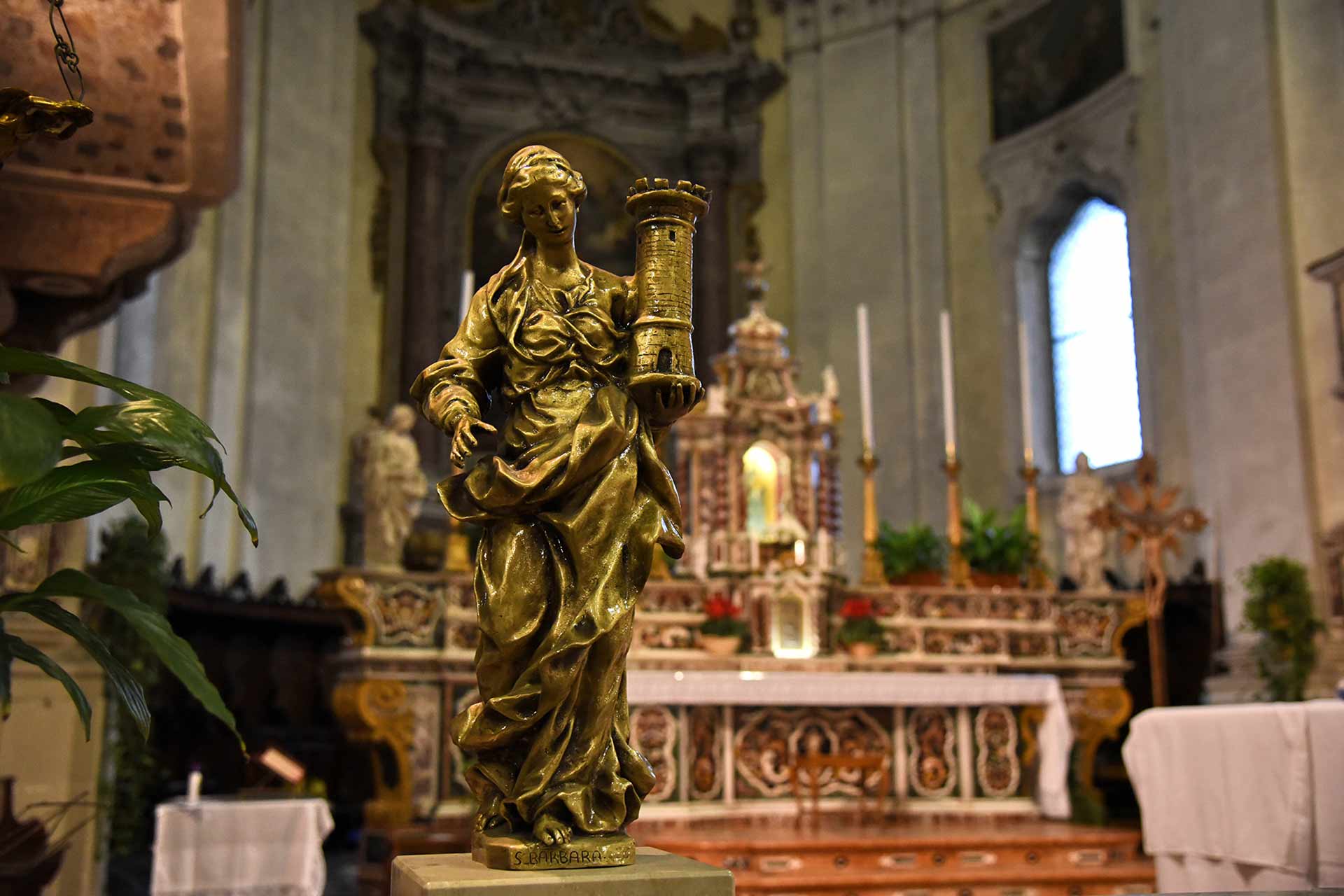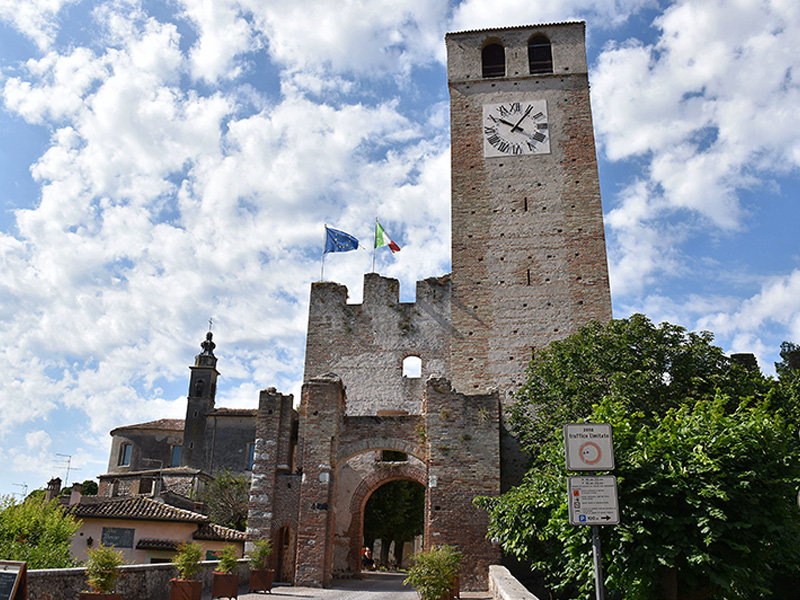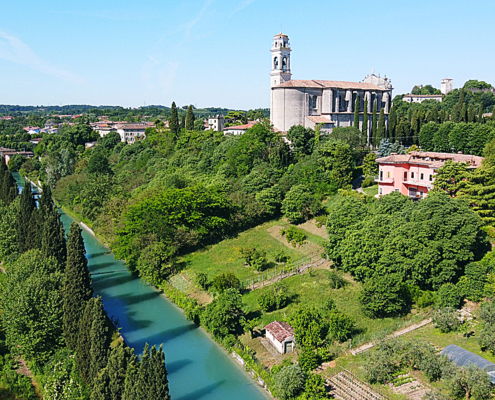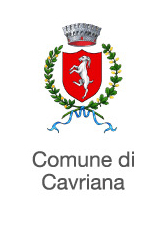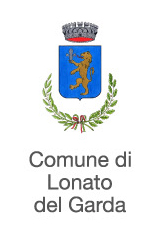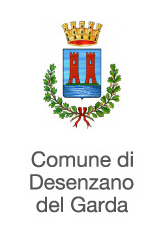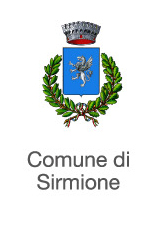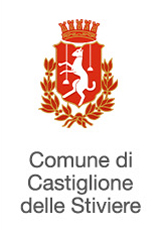![]() – Monzambano
– Monzambano
The History of Monzambano
Monzambano, a splendid town nestled in the moraine hills.
From our town begins the gentle walk along the Mincio Valley which leads to Mantua and then to the Po. Olive trees and cypresses can be seen among the vineyards, giving the landscape a particular beauty.
Towers and walls
The ancient village of Monzambano, on a hill approximately 90 meters high, announces itself with the towers and walls of an ancient castle. The Castle, which stands over the town, is still as it was in the twelfth century, when it was built.
The church, which together with the castle offers a splendid panorama, was built between 1743 and 1777. Built on the edge of the plateau, its baroque style gives the surrounding landscape a light harmony. Very fine marble inlays and the main altarpiece, which represents the triumph of St. Michael the Archangel to whom it is dedicated, make it particularly precious.
Agriculture, together with vineyards, is the main resource of the town, carried out with modest means on arid and stony terrain.
Among the events of tourist interest on the third Sunday of September there is the characteristic Grape Festival, a very crowded festival, with numerous kiosks for the sale of grapes. Collateral events take place such as a wine-growing conference and exhibitions on grape processing systems.
From 1199 to 1495 – The Third War of Independence
Since at least 1199, Monzambano, with Ponti, Peschiera and Valeggio, was part of the Veronese defensive system to the east, made up of castrums placed in tactical positions to preserve the Scaligeri borders. When Verona came under Venetian influence in 1495, Monzambano also followed its fate.
At the end of the 18th century – The Third War of Independence
Monzambano remained under the Serenissima until 1797, the year of Napoleon Bonaparte’s arrival in Italy, when the castle became a stronghold of the Venetian resistance to the French. After his victory, Napoleon was able to set off from here to conquer Verona and Venice itself. With the Treaty of Campo Formio, Monzambano became part of the Cisalpine Republic, first in the Department of Benaco (May 1798), later in that of Mincio (September 1798). From that moment, its history was linked to that of Mantua.
April 9, 1848 – The Third War of Independence
During the first war of independence, on 9 April 1848 Monzambano was the scene of a clash between a Piedmontese division (General Breglia) and Austrian forces who, after abandoning the area, settled beyond the Mincio, destroying the bridge. However, the sappers managed to reactivate it and the Piedmontese troops crossed the river, forcing the Austrians to retreat.
Good to know


